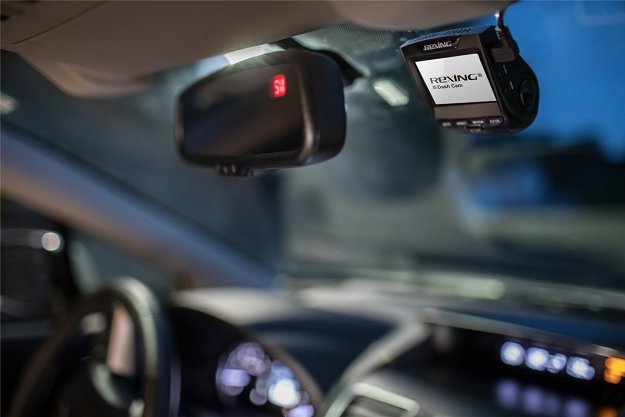McLaren Automotive continues to push its McLaren Special Operations (MSO) bespoke division with a pair of customized cars that will debut next month at the 2016 Geneva Motor Show. As with past MSO show cars, the goal is to show potential customers the extent of personalization options available from the factory.
For Geneva, MSO worked its magic on two of McLaren’s most serious machines, the P1 and the 675LT Spider. While the convertible Spider makes its auto show debut in Geneva, this will probably be one of the last public outings for the P1, which recently wrapped up production after the 375th road car was completed and delivered to its owner.
The P1 that will grace the Geneva show stand features bodywork with a “Lio Blue” tinted lacquer exposing the weave of its carbon fiber. McLaren says this will be the first time this treatment will be shown to the public, although it was made available to P1 owners earlier this year. The show car also features gloss black wheels, a restyled interior with “carbon black” Alcantara and contrasting blue stitching, and 24-carat gold exhaust heat shield. That’s a tribute to the McLaren F1, which had an engine bay lined with gold because the precious metal was determined to be the best heat deflector.
The 675LT Spider also references McLaren’s first supercar, specifically the “long-tail” versions built for endurance racing. It’s also the most hardcore version of McLaren’s “Super Series,” and one of the rarest, with just 500 units planned. This car already has plenty of carbon fiber bits, but MSO added even more, including a carbon retractable hardtop and louvers on the front fenders There are also unpainted carbon fiber front bumper end plates, side skirts, side intakes, and rear bumper.
On the inside, the MSO 675LT Spider gets black Alcantara racing seats with yellow contrast stitching, and trim pieces finished in a color called “Solis” that’s unique to this model. This car also gets a 24-carat gold heat shield for its exhaust system, clearly visible to thieves through the engine cover.
In addition to the customized P1 and 675LT Spider, McLaren will unveil a new variant of its less-expensive “Sport Series” in Geneva. Both MSO Geneva show cars are one offs, but owners with enough cash in their pockets can presumably get similar custom touches for their own cars. As if either of these supercars needed help standing out in the first place.


